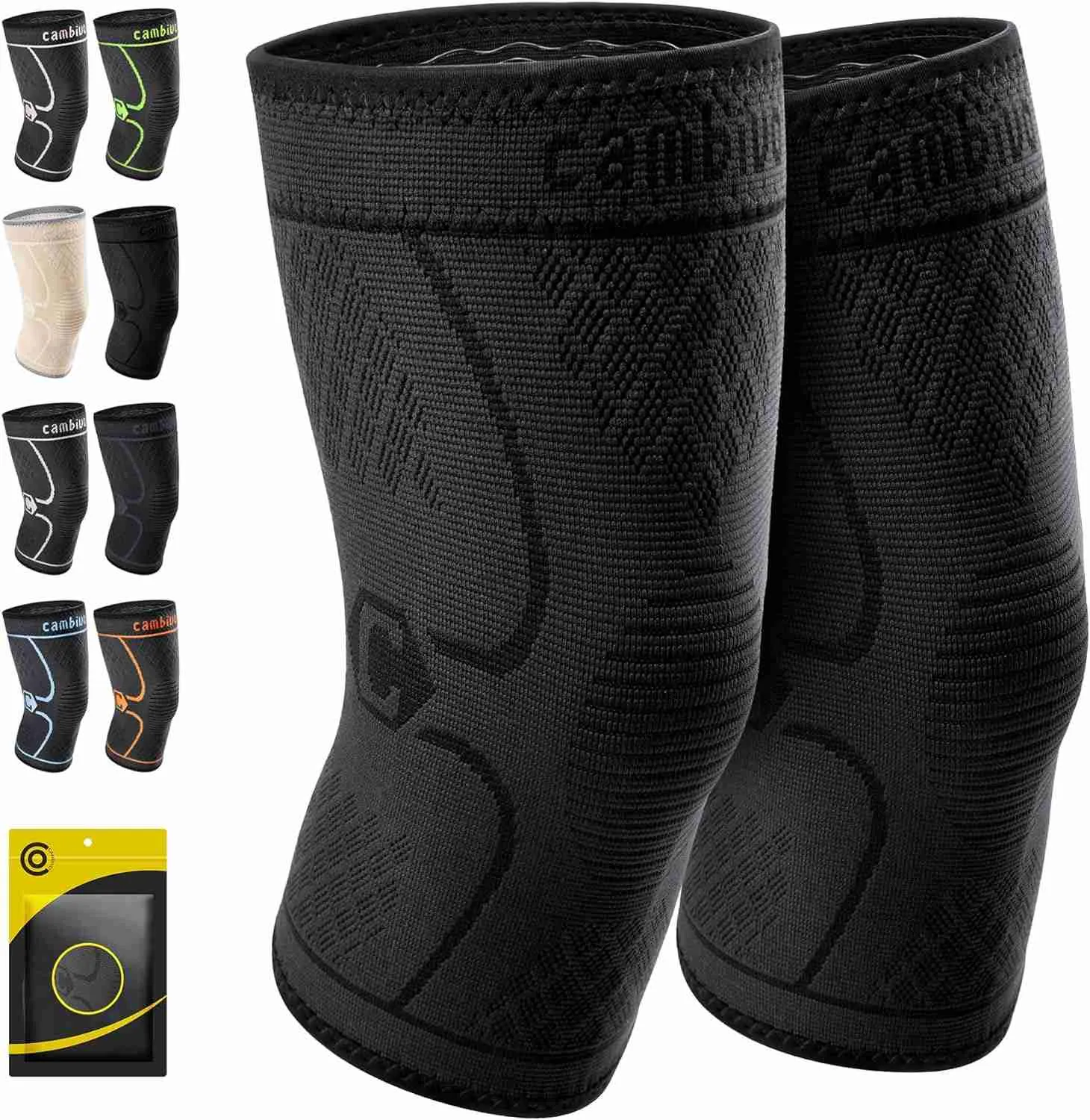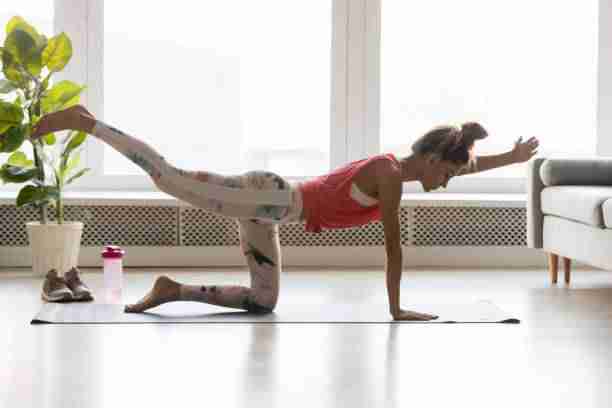
The Importance of Good Running Form

9 min read
Running is more than just putting one foot in front of the other—it’s a skill that, when done correctly, can transform your fitness journey. Whether you’re a seasoned marathoner or just starting with a few laps around the block, mastering good running form is key to enhancing your performance and staying injury-free.
Let’s dive into why good form matters and how you can make it a natural part of your running routine.
What is Running Form?
Running form refers to the way your body moves while you run. It encompasses a range of elements, from the angle of your torso to the position of your arms and the length of your stride.
Achieving good running form means optimizing these components to run efficiently and minimize the risk of injuries.
Why Good Running Form Matters
1. Injury Prevention
Let’s face it—no one likes being sidelined by an injury. Unfortunately, poor running form is a common culprit behind issues like shin splints, knee pain, and even lower back discomfort.
Proper alignment and movement, you can reduce unnecessary strain on your body. Think of it as giving your joints and muscles a break; they’ll thank you by keeping you in the game longer.
2. Improved Efficiency
Imagine driving a car with flat tires—it takes more effort to go the same distance, right? The same goes for running with poor form. Good running form allows you to move more efficiently, meaning you can cover more ground with less energy. This translates to faster times, longer distances, and an overall more enjoyable running experience.
3. Enhanced Performance
Whether you’re training for a local 5K or dreaming of finishing a marathon, good form can make all the difference. By running more efficiently, you’ll conserve energy and be able to maintain your pace for longer. Plus, as your form improves, so will your confidence—and that can push you to new personal bests.
4. Better Breathing
Breathing might seem like the most natural thing in the world, but when it comes to running, your form plays a big role. Slouching or hunching over restricts your lungs, making it harder to get the oxygen you need. But with an upright posture and open chest, you can take deeper, more efficient breaths, which helps keep you going strong.
Key Elements of Good Running Form
To run effectively, you need to pay attention to a few key elements of your form. Here’s a breakdown of what to focus on:

1. Posture
- Upright Torso: Keep your back straight and avoid leaning too far forward or backward. Imagine there’s a string pulling you up from the top of your head, aligning your spine.
- Relaxed Shoulders: Your shoulders should stay relaxed and down, away from your ears. Tension in the shoulders can lead to upper body fatigue and restrict your breathing.
2. Arm Movement
- Natural Swing: Your arms should swing naturally at your sides, with elbows bent at a 90-degree angle. Keep the movement forward and back—crossing your arms in front of your body can waste energy and throw off your balance.
- Relaxed Hands: No need to clench those fists! Keep your hands relaxed, as if you’re gently holding an egg. This reduces tension and helps you maintain a smoother arm swing.
3. Foot Strike
- Midfoot Strike: Aim to land on your midfoot, not your heel. A midfoot strike promotes better shock absorption and helps reduce the impact on your joints.
- Quick Cadence: Try to maintain a quick, light cadence with short, efficient strides. This reduces the time your foot spends on the ground, minimizing injury risk.
4. Hip Alignment
- Engaged Core: Your core is the powerhouse of your running form. Keep it engaged to stabilize your hips and prevent them from dropping or tilting as you move. This ensures your body moves as one cohesive unit, distributing impact evenly.
5. Head Position
- Forward Gaze: Keep your eyes on the horizon, not on your feet. This not only helps you maintain good posture but also keeps you aware of your surroundings—important for both safety and motivation.
Common Running Form Mistakes and How to Fix Them
Even seasoned runners fall into bad habits. Here’s a table summarizing some common running form mistakes and how to correct them:
| Mistake | Description | Correction |
|---|---|---|
| Heel Striking | Landing heavily on your heels, leading to increased impact on joints. | Focus on landing midfoot, shortening your stride, and increasing cadence. |
| Overstriding | Taking steps that are too long, which can lead to inefficiency and injury. | Keep your feet under your body and avoid reaching out with your legs. |
| Hunched Shoulders | Holding tension in your shoulders, which restricts breathing and causes fatigue. | Relax your shoulders, drop them away from your ears, and open your chest. |
| Crossing Arms | Letting your arms cross in front of your body, wasting energy. | Swing your arms forward and back, keeping them parallel to your body. |
| Looking Down | Gazing at your feet, which throws off your balance and posture. | Keep your eyes on the horizon to maintain a straight spine and proper posture. |
Tips to Improve Your Running Form
1. Focus on One Change at a Time
Don’t try to overhaul your form all at once—it’s a recipe for frustration. Instead, pick one aspect of your form to focus on during each run.
Maybe you start by working on your foot strike, then move on to improving your arm swing in the following weeks. Gradual changes are easier to implement and more likely to stick.
2. Perform Running Drills
Incorporating specific running drills into your routine can help reinforce good form. Drills like high knees, butt kicks, and skipping are great for building muscle memory and improving coordination. Make them a part of your warm-up to prime your body for the workout ahead.
3. Strengthen Your Core
A strong core is the foundation of good running form. Exercises like planks, bridges, and leg raises will help you build the stability you need to maintain proper alignment. Aim to include core workouts in your routine at least two to three times a week.
4. Listen to Your Body
Your body is always giving you feedback—make sure you’re listening. If something feels off, don’t push through the pain. Instead, take a step back and evaluate your form.
Sometimes, small adjustments can make a big difference in how you feel during and after your run.
5. Practice Regularly
The more you practice, the more natural good form will become. Consistency is key, so make sure you’re paying attention to your form on every run, not just during speed work or long runs. Over time, these habits will become second nature.

How to Achieve Good Running Form
Improving your running form is a journey. It involves conscious effort and practice. Here are some tips to get you started:
1. Posture Matters: Keep your torso upright, with your head in line with your spine. Avoid slouching forward or leaning too far back.
2. Stride Length: Aim for a comfortable stride length. Overstriding can lead to injuries. Your feet should land beneath your hips.
3. Arm Movement: Your arms should swing naturally, like a pendulum. Avoid excessive side-to-side movement.
4. Footstrike: Aim for a midfoot or forefoot strike, rather than heel-striking. This can reduce impact forces.
5. Cadence: Increase your cadence (steps per minute) to around 180 to promote efficient running.
6. Core Engagement: Strengthen your core muscles to maintain stability and proper posture.
7. Video Analysis: Use video analysis tools to assess your form and identify areas for improvement.
Running Form and Injury Prevention
It’s not just about running faster; it’s about running smarter. Good running form can significantly reduce the risk of injuries. Imagine being able to enjoy your runs without the constant worry of aches and pains.

Take the example of Sarah, a dedicated runner who used to suffer from frequent knee pain. She decided to focus on improving her form by shortening her stride and engaging her core muscles. Over time, her knee pain disappeared, and she started setting personal records in her races.
The Science Behind Running Form
The biomechanics of running are a fascinating subject.Every time your foot strikes the ground, a complex interplay of forces occurs. Understanding how form adjustments affect these forces can help you make informed choices about your running style.
Different Types of Runners
Good running form is not one-size-fits-all. Different types of runners have specific considerations:
For Beginners: Focus on the basics of form to build a strong foundation.
Experienced Runners: Fine-tune your form to shave seconds off your PRs.
Long-Distance Runners: Efficiency becomes crucial for marathoners and ultramarathoners.
Sprinters: Explosive power and form go hand in hand for sprinting success.
Common Myths About Running Form
Don’t fall for these myths:
Myth 1: “Heel striking is the only way to run.” Truth: Different footstrikes work for different people; it’s about finding what works for you.
Myth 2: “Running with a slight lean backward is better.” Truth: An upright posture is generally more efficient.
Myth 3: “Everyone needs expensive running shoes.” Truth: The right shoes for you depend on your unique biomechanics.
FAQs
1. Can I still run with bad form?
- Yes, you can, but it may lead to inefficiency and a higher risk of injuries over time.
2. How long does it take to improve running form?
- The time varies from person to person, but consistent practice and feedback can expedite the process.
3. Are minimalist shoes better for running form?
- They can promote a more natural stride but may not be suitable for everyone. Consult with an expert.
4. What are some drills to correct overpronation?
- Exercises like ankle mobility drills and strengthening the hip muscles can help address overpronation.
5. Is it normal to feel muscle soreness when adjusting to good running form?
- Yes, some soreness is normal as your body adapts to the new movement patterns. It should improve with time and proper recovery.
Conclusion
Good running form is critical for injury prevention, efficiency, and overall performance. By paying attention to your posture, arm movement, foot strike, and other key elements, you can run more comfortably and effectively. Whether you’re a beginner or an experienced runner, continuously working on your form will help you stay injury-free and enjoy your runs to the fullest.
Remember, improving your form is a gradual process, so be patient and consistent in your efforts. Happy running!


